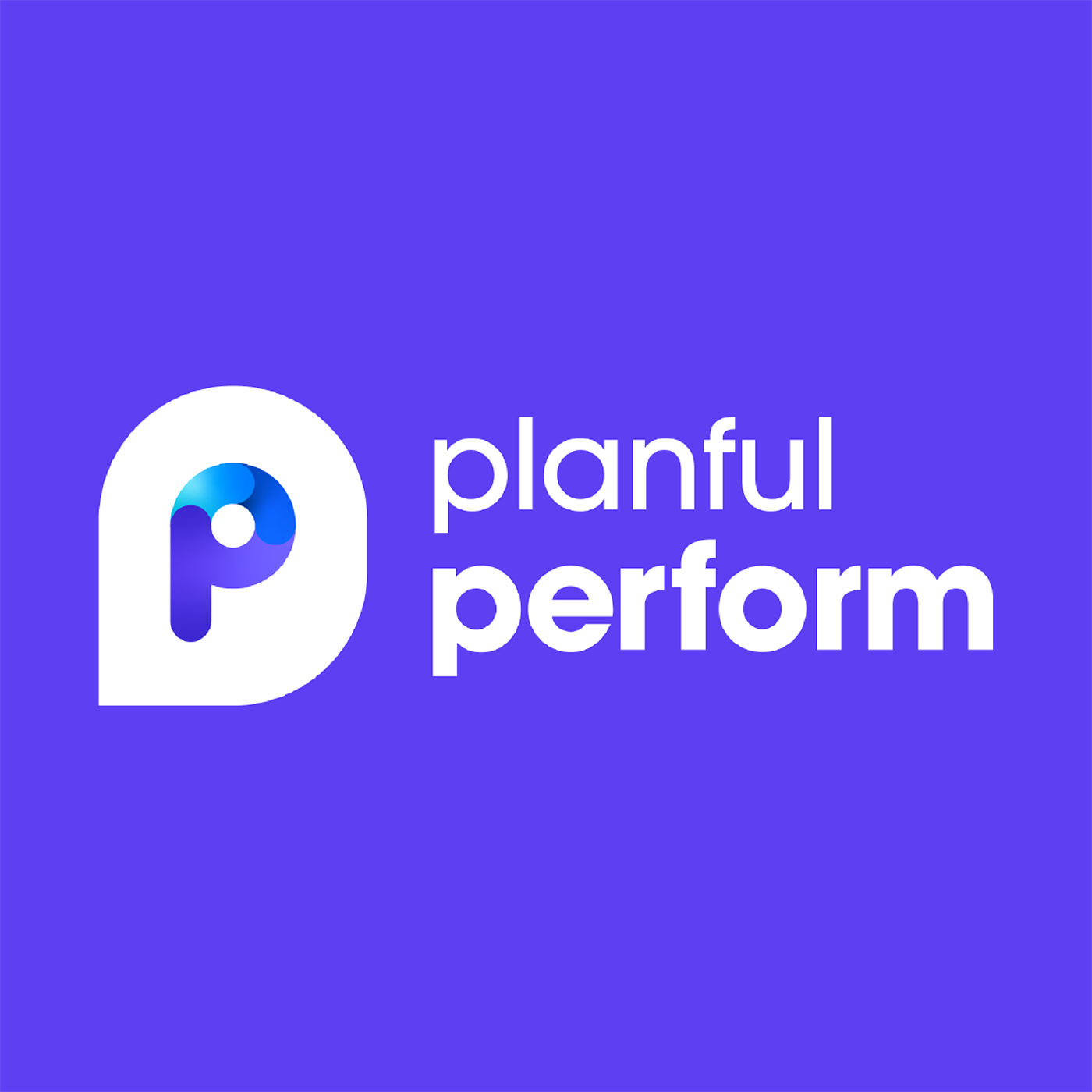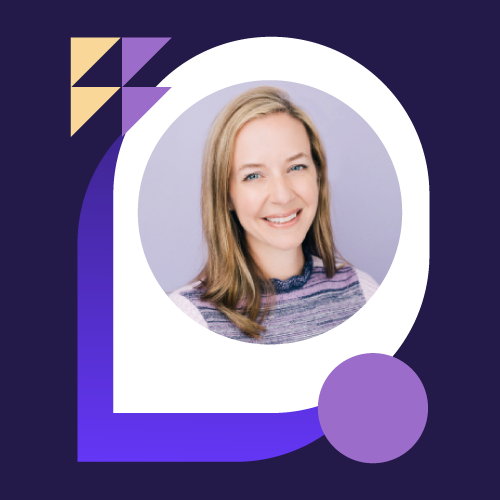Planful Predict: The Future of Finance with Justin Merritt
- 0.5
- 1
- 1.25
- 1.5
- 1.75
- 2
Speaker 1: Great. So, yeah, let's talk about Planful Predict and the future of finance. We just got off the product keynote and we talked about AI and how it can help a lot in the business in various ways. And what I'd like to do now is dive a little bit deeper into some of the science and technology behind what we're building, talk about that, and then also give a little bit deeper demo of what we're doing with Signals and how it can help, not in the persona that we looked at in the keynote, where you're talking about kind of the person who's reviewing all those things that have been submitted, but actually talk about a functional user. So we'll put that persona hat on of a sales leader, looking at the latest revision to their plan from a sales perspective. So with that basically three points we're going to cover. We're going to look at what is ML and AI, why does it matter for finance, and then we'll get into that demo. So, first of all, we hear these terms all the time. We see them in all the different publications and periodicals we look at of what is machine learning. Really, when you think about this, it can get really complicated really quickly. I know it certainly is for me, but we boil it down to kind of a simple statement. It's focused on enabling computers to perform tasks without explicit programming. So basically we want the system to actually be learning and doing things without having to tell it to run through a series or sequence of programed events. When we talk about AI, it's a little bit different yet. So with AI, we're trying to think, or have machines think and act like humans. So we want to have that artificial intelligence demonstrated in the actual application. And so when you think about that, it's really, can get again, really complicated, but how would a machine show intelligence, how do we actually achieve this objective? So I want to talk to you a little bit about how this actually is achieved and some of the science that's underneath the covers of what we're bringing with Predict. So first of all, AI has existed for some time. It's become more sophisticated and capable in recent years due to exponential increases in computational power. Overall we have rules- based engines, we have machine learning, and we have math and statistics. So what we do is we take and apply data science to this, which allows us to bring all of those pieces into the output or artificial intelligence. Some of the benefits we get from this as well are advanced reporting. All of you have probably heard of BI or business intelligent reports and advanced decision making, where the system can actually assist and help us make better decisions. As we've already covered, you think about AI for finance, it is unique. Oftentimes there's insufficient data, maybe we have a new business venture that we've started up. There's not a lot of history to go off of. We know that one size does not fit all. Every customer has a different set of challenges and problems that they're trying to work through. And it can be really hard to productize and make easy to use for not just finance folks, but also operational business folks. So when we think AF or finance, what we're looking at from the Planful way is how to build this for you. What we've done is we've overcome data issue through algorithms we've built and simulations that we've run. We're looking at the data like our users do, and we believe this approach is a differentiator now and will shape the market moving forward. This is how we change the game. We know off the shelf, AI can't do this. So we know our competitors who use 3PAI really can't do this. And this is what really differentiates what we're doing and why this works so well for our customers. When we think about some of the use cases in finance, and this comes from talking to our customers, talking to folks out, actually performing and doing the work, we think about things like anomaly detection, like what we're bringing with Signals. Actually surfacing those anomalies, the needles in the haystack, bringing those up to the surface without having to look through those millions of data points. We think about predictive projections, like with Predict Projections that we're bringing out soon, the ability for actually Planful to help you project those numbers. Then there's other pieces like key driver analysis, being able to run multiple iterations of scenarios on business changes that might be occurring across your markets, doing things like cash flow modeling, taking all those different inputs from all the areas that impact cash flow and actually modeling out different scenarios around that. With those use cases, we also have to think really hard about the different experiences that we want to provide. So when we think about those experiences, today many people are familiar with that digital assistant concept. I'm sure everyone here has used like the Google Assistant or Siri. And so we want to provide that seamless experience in the product so that it becomes very easy and just natural to use this technology. It doesn't require you to go back to school or learn some new technique or really develop an entirely new skillset. The other piece from an experience standpoint is automations. Think about the budgeting process, the reforecasting process. There's a lot of things in there that are different every time we do it, but there's also a lot of things that are the same. And so we want to be able to put automation around that, to automate those tasks and again, give back that time that you spend doing things that are just repetitive. They happen over and over again, every cycle you have to do those same things. So let's automate that. And again, remove that manual effort from those normalized tasks. So why does this matter for finance? When I think about this, I think about an AI integrated into finance and really automates work. Like we just talked about. It helps you be more accurate because errors are expensive. Sure, again, every one of us has found an error in a plan, and usually it's too late to take corrective action. We want to be faster at closing and consolidating. This technology can also help with that closing consolidation cycle. So we're looking at ways to actually inject the Predict Suite directly into that closing consolidation, looking at actuals, helping a flag where maybe you've missed doing a journal entry, and we need to get that done before we have accurate results. That's also going to help us be more confident with planning, analysis, and reporting. The faster we can close and consolidate, the faster we can start doing variance analysis, the faster we can adjust our plans, trying to shift the business from being reactive, to being proactive to those changes that are occurring. And then being data- driven, we want to make good data- driven decisions, and be more agile and efficient. And all of this really enables strategic work, which provides better ROI and overall helps us obtain business growth. So now let's take a look in to Predict Signals. We'll dive deeper, we'll do a different persona. So when we looked at it just briefly in the product keynote, we talked about that from a review perspective of the millions of data points that we're bringing up and then reviewing those things, and more from that finance perspective. But what if I'm a department owner? What if you think about all the people who are involved in your distributed planning process and they need to actually know, are these numbers good before they submit them? So essentially a pre- review. Wouldn't it be great if they had an assistant to help them with that, so they can detect with agility, they can monitor their plans with confidence and then of course validate with accuracy. So just bear with us. All right. So you should be able to see my screen now and if you've ever see me demo, I always start from this dashboard. I love going to the dashboard view, because it's a great way to summarize information. So let's say I'm that sales department manager and I'm looking at the latest round of performance. I'm looking at my forecast, that roll up. What I'm really excited about is to show you some new stuff that's linked in with Signals and can really be effectively helpful for those people out in the departments who are working on their plans and just making adjustments on the fly. If I look here at the Q2 number, I can see in the latest revision of my forecast, I've got a pretty big change from my original plan. As I dig into that number, we can see it's coming from April. Of course I can drill through into this and see more details and context about it. I can see that we've got this$2. 5 million that somebody put in. There's some notes related to it as well. But what if I want to go deeper? What if I have the authority to actually just make a change to that number? Well, do I want to have to go back to the source, go try to find that template, dig through the different plans? Well, now I don't have to, I can actually click right on that and go directly into the view. And what that'll do is then provide me a direct access into the template where that number comes from. I can then see the$2. 5 million and I can take action on it. But what if I want more? What if I want to use Signals to actually help me understand, is that$2. 5 million relevant? Or is it something that we might need to adjust? So when we look at that 2.5 million, what we were talking about is what if we want to actually just dig right into that and take a look. So I'll click on the operating expense, which is where this number came from, and Planful's smart enough to then take me directly into that template. If I have the ability or the permission to actually edit and modify that, from within this template, I can just directly take action on that 2. 5 million. But with Predict Signals, maybe we want to see more context we want to understand is that 2. 5 million potentially valid? So what I can do is come up and actually look at the signals around this particular department, the sales department's budget submission. And so when we find that 2. 5 million, we can see, we have a high risk signal on it. I can easily right click and go directly into the signal context, to see more information about that and see there's definitely something off and needs to probably be adjusted about this number. What's great from here is that I have access to any of the prior periods, so I can toggle on prior results. I can see what those look like. If there's other scenarios we're working with, we can see those as well. And then if I wanted to actually ask somebody more information about this, we can use commentary to do that comment. So we would say Ben, and then I'll sign it to him, say, please review. And we can create that task, and it'll notify Ben to actually go take action on that. The other way you might want to interact with this is through reports. So again, if you think about that sales leader, who's coming in, looking at the submissions, they may not want to have to look through every single budget submission that's been made. So what we can do is use the actual Signals overview to focus in directly on just those things related to sales. So because my permission and the application gives me access to just the sales data, what that means is that we can come in and I can see this dashboard view that shows me exactly where the noise lies in the plans that have been submitted. I can see that most of the Signals that we have from what people have submitted is in travel, lodging, and meals. We can see we have 27 high risk signals, we've got some medium and some low risk. We can also see how those signals lay out over time. So we get a view for where people have potentially put in additional spend or where there's might be opportunity to cut some spend from our plan. This is also interactive though. So if I want to start working with those high risk Signals, we can just click directly in, I can see all 27 Signals displayed, but of course I can again access that context and see directly how those signals are related to prior data, as well as to where Planful actually believes the numbers should be. And as we can see, we can also see if people are taking action on this. So I can see that we've already put a comment in. We've already asked somebody to look into this number. And so they're still working on that. Besides the signal overview, what we can do is put this directly into any of our reports as well. So if I go back to my report library, we can pull up any report that we have and start to use Signals. Let's say we start with something like a plan versus actual. This is a typical view that a lot of our customers have, and a lot of your department owners probably have as well. I get a feeling for where my actuals are, where my original plan is, where my latest forecast is, and what the variance is. From here, we can easily drill in. We can do all those actions that we were doing before as well. But what I can also do is start to adjust this so I could show signals here, but I can also remove this and maybe I want to start to see more of a overall forecast view. So I'll just bring in my forecast and rerun the report. And then here, now I'm seeing that full 12 month view. I can see the context around what we've got going on, and then we can start to look at the signals that we have and understand if there's any noise that we might want to look at. Oops, I forgot to look at my forecast. Here we go. Let's look at the forecast scenario. All right, perfect. So now that I'm looking at the forecast, I can understand not just at an individual account level, but as a look up the rolled up results, both on my sales plan, my discounts we're planning on giving, and across the different expense categories, we can start to see where those potential challenges might lie. We can see that for some accounts like travel and entertainment, there's no Signals at that rolled up level, but as I explore that deeper and go under the covers, we start to see specific Signals that exist underneath the data, across the different areas that all roll up into my sales department. And again, for any of these, whether it's a rolled up number or an individual account across multiple departments, we can always access that context and see more information about it. So this gives us a great view of where we might have again, potential issues in our data. So whether you're looking at this from the perspective of a department reviewer or somebody who's specifically involved in the overall plan, you now have a lot of tools in your toolkit to actually start looking at and understanding where issues might or noise might lie in the data. If we go back and take a look at the dashboard again, you can think about the different ways that we can view this and see how it might be useful across the business, whether we're looking at something from a sales performance perspective, we're looking at this from a workforce per perspective, or really any other perspective that we have in the business. All of these different things are really what we're striving to do with Predict. We want to get into and surface things like signals. We want to use things like projections to really drive home where people are going to find value from putting that automation and that AI into the overall application. So again, no matter what your persona is, or what you're trying to do, it's going to give you all those different pieces right at your fingertips. So when we think about this, we're really trying to, again, detect with agility, monitor with confidence, and validate with accuracy. Hopefully what we've shown you is that through this, we're able to bring a lot of the different pieces directly into the application. We're able to make it easy to use, whether you're that finance user who sits at the top, reviewing those millions of data points, or you're somebody who is at that individual department level and you need to actually work with your information and your numbers. When we think about what we're doing here, it's really that intelligence sparked by Planful. We want to have the overall intelligence coming in. We want this to be easy to use. I think back to my time at my former company, where we experimented with things like IBM Watson. It was really tough because we spent all this time exporting all this data out of these different systems, loading it into this complex IBM platform, and then we had to get some results. And unfortunately, those results really didn't mean much. As we looked at the output, it was telling us things that we already knew weren't valid and that's what's really tough about AI. And that's why we've taken this different approach and why we're really giving you that intelligence sparked by Planful that's built directly for our finance and accounting folks.
DESCRIPTION
Planful Predict is a new suite of AI-driven solutions built especially to help FP&A make confident, intelligent financial decisions with greater agility and accuracy. Learn how it checks for errors, identifies patterns, and augments your efforts using AI that’s built right into the platform. You’ll see how the first solution, Planful Predict: Signals, empowers users to take corrective action by surfacing variances and anomalies while keeping you in control, always.
Today's Guests







